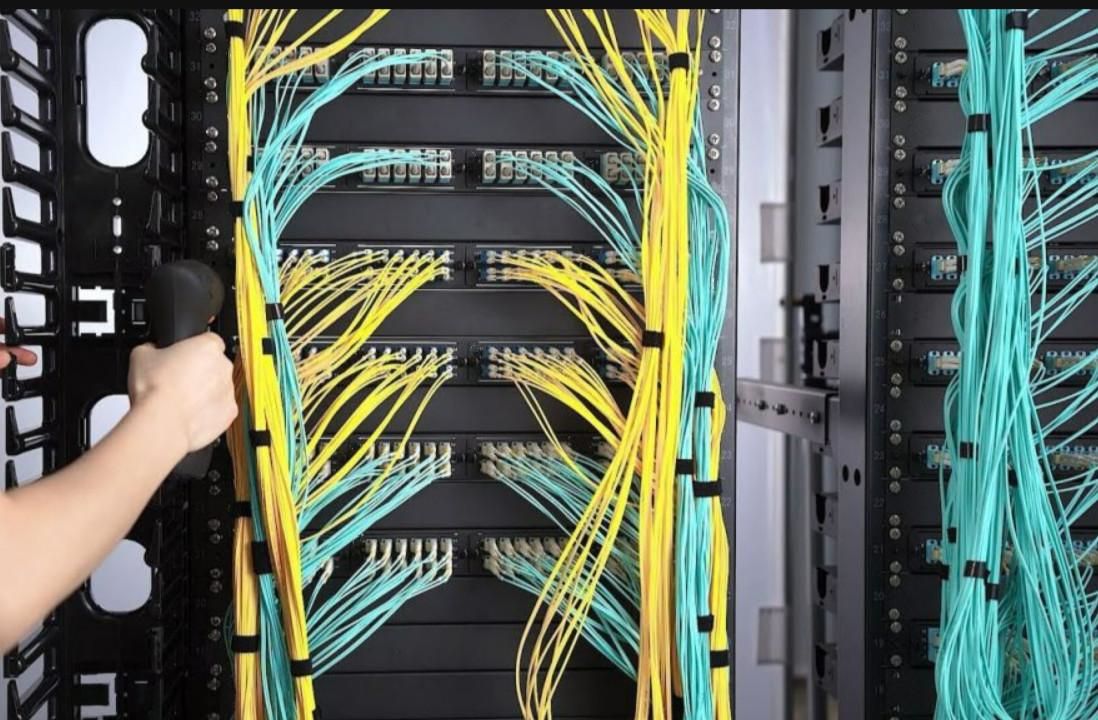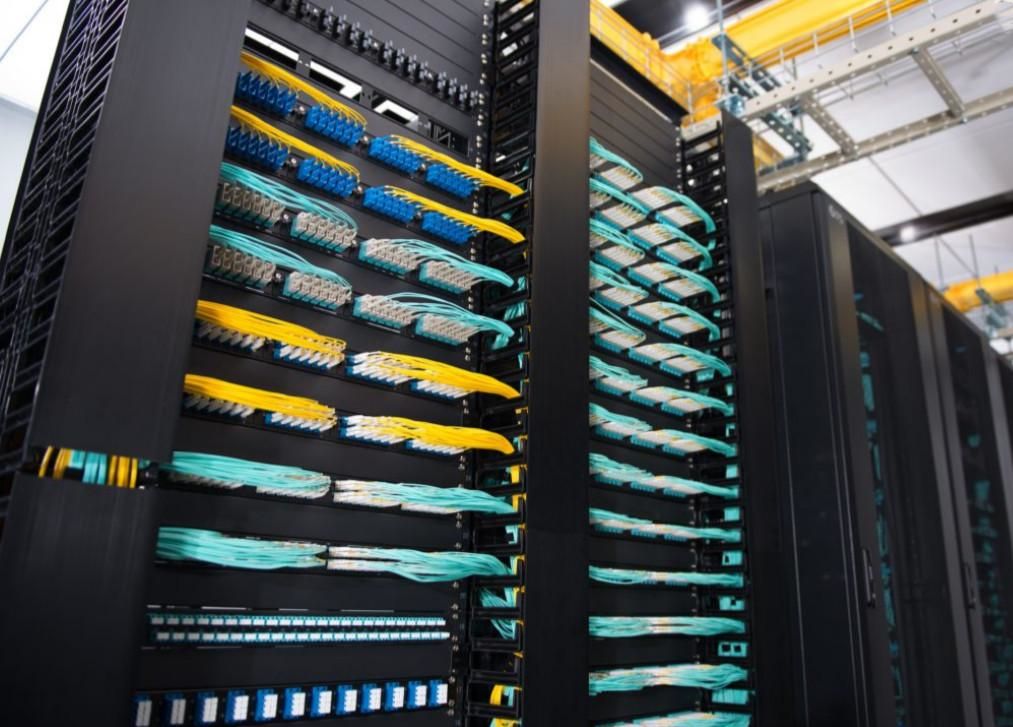광섬유 케이블 소개
광섬유 케이블은 유리 또는 플라스틱(섬유)으로 만든 작은 실을 사용하여 데이터를 전송하는 기술입니다.아무리 싸고 가벼워도 광섬유 케이블 설치에 문제가 있다.전자는 빛을 전달하고 후자는 전기를 전달하는 전기 케이블과 유사한 조립체입니다.일반적으로 광섬유 케이블은 단일 모드 광섬유(SMF)와 다중 모드 광섬유(MMF)의 두 가지 유형으로 제공됩니다.단일 모드 광섬유는 장거리 데이터 전송에 적합하고 다중 모드 광섬유는 컴퓨터 네트워크 연결과 같은 단거리 전송에 사용됩니다.사용하는 광섬유 케이블 유형에 관계없이 양호한 광섬유 케이블 설치를 유지하는 것이 필요합니다.
우수한 광섬유 케이블 설치의 이점
좋은 작업 성능
광섬유 케이블을 잘 설치하면 광섬유 케이블이 매우 효과적이고 원활하게 작동합니다.케이블은 고속 신호 전송을 수행할 수 있을 뿐만 아니라 더 많은 대역폭을 전달할 수 있습니다.또한 대형 건물 내부에서 작동하거나 광섬유 가정 배선을 사용하는 경우 광섬유 케이블이 장거리에 걸쳐 강한 신호 강도를 전달할 수 있기 때문에 각 방의 모든 곳에서 신호가 강합니다.
적은 유지 보수 및 수리
자주 고장나는 케이블 시스템보다 더 성가신 일은 없습니다.좋은 광섬유 케이블 설치는 향후 유지 보수 및 수리에 많은 에너지를 절약하여 끝없는 좌절을 방지할 수 있습니다.좋은 구조적 설치 계획을 세우는 것과 관련하여 고려해야 할 사항이 많습니다.다음 부분에서는 광섬유 케이블 설치 지침을 밝힐 것입니다.
광섬유 케이블 설치 지침
광섬유 케이블 설치는 공중 광섬유 설치, 직접 매설 설치, 지하 덕트 설치 및 가정용 광섬유 설치와 같은 여러 유형으로 분류할 수 있습니다.케이블 연결 상태에 관계없이 다음 지침을 염두에 두십시오.
실수와 문제를 피하기 위해 적절한 계획부터 시작하십시오.케이블을 설치하기 전에 경로를 검사하고 가능한 문제를 감지하고 해결책을 얻으십시오.필요한 케이블 및 연결 수를 결정합니다.또한 추가 캐비닛, 서버 및 네트워크 구성 요소 설치를 미리 계획하는 것이 좋습니다.
설치 전후에 모든 광섬유 케이블을 테스트하십시오.예를 들어 시각적 오류 탐지기를 사용하여 광섬유 케이블의 파손을 찾습니다.적시에 교체하거나 수리하여 정상적인 설치 프로세스를 보장하십시오.
광섬유 케이블을 구부리거나 꼬이지 마십시오.광섬유 패치 코드의 케이블 굽힘 반경을 초과하지 마십시오.이것은 섬유에 해를 끼칠 것입니다.필요한 도구를 사용하여 설치된 광섬유 케이블의 최소 굽힘 반경을 유지하십시오.또 다른 방법은 구부러지지 않는 광섬유 케이블을 사용하는 것입니다.우리는 10mm 최대 굽힘 반경의 BIF 광섬유 패치 코드를 제공할 수 있으며, 이는 케이블링에서 더 유연합니다.
다양한 코어 크기를 혼합하거나 맞추지 마십시오.혼동될 경우를 대비하여 동일한 유형의 케이블을 함께 묶을 수 있는 케이블 타이를 권장합니다.또한 케이블 레이블을 사용하여 쉽게 식별할 수 있도록 다른 케이블을 표시할 수 있습니다.
적절한 도구와 기술을 사용하십시오.광섬유 패치 패널, 케이블 관리 패널과 같은 도구는 잘 정리된 배선을 유지할 수 있습니다.그리고 파이버 인클로저는 외부 손상으로부터 케이블을 보호할 수 있으며 방진 기능이 있습니다.파이버 레이스웨이는 오버헤드에 설치하여 케이블을 라우팅하고 지지할 수 있습니다.FS 데이터 케이블링 설치 및 광섬유 케이블링 설치를 전문으로 하는 고도로 훈련되고 숙련된 전문가는 광섬유 케이블 설치 표준에 따라 섬유 사이에 영구 및 임시 조인트를 생성하는 데 필요한 도구를 갖추고 있습니다.
게시 시간: 2023년 4월 17일



